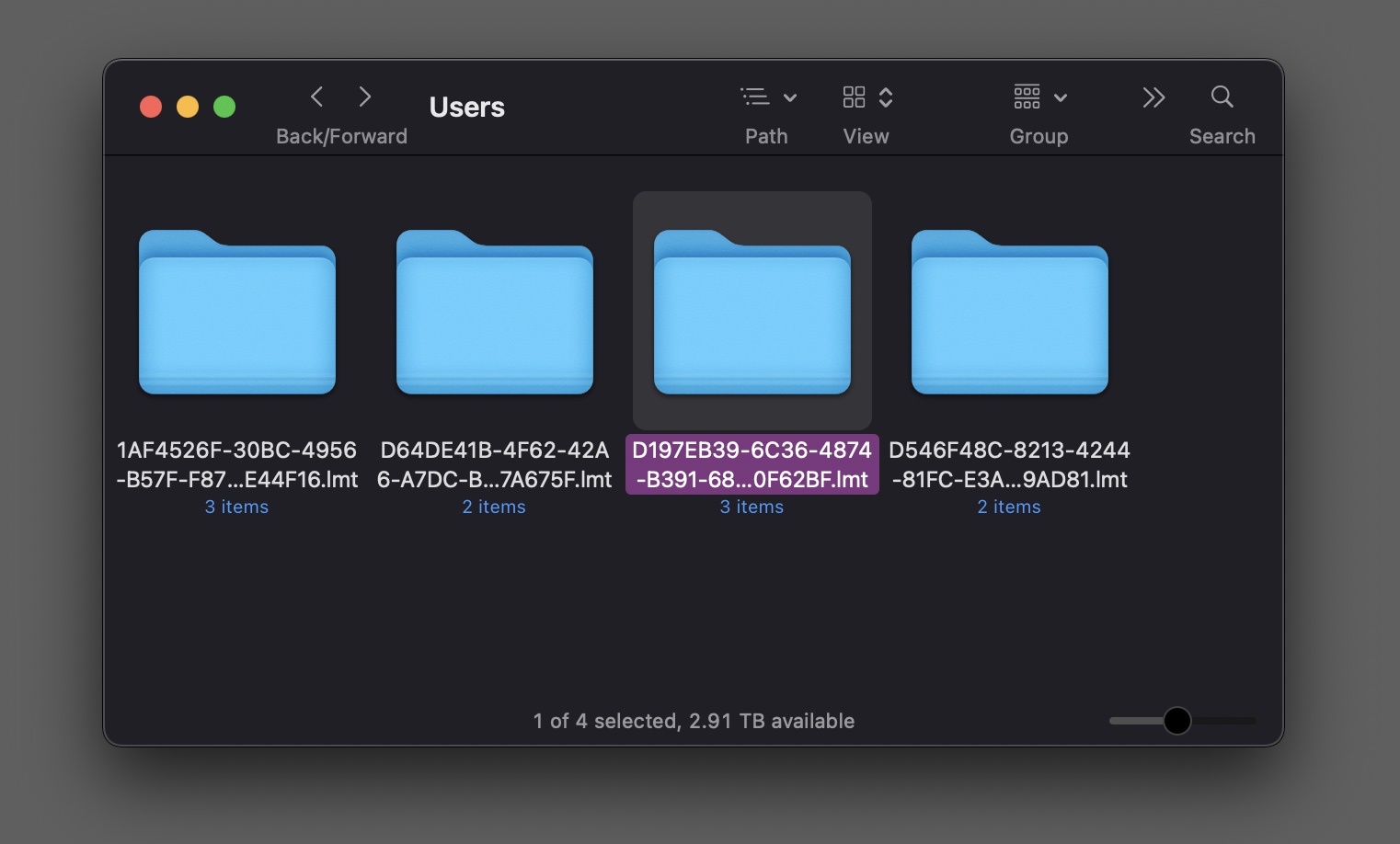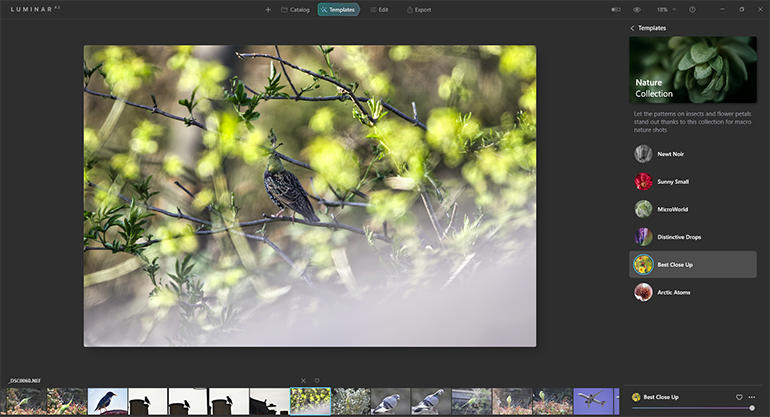
Based on the content of the photo, Luminar will suggest a few template collections in the For This Photo section (Figure 5-1).

Select an image and click the Templates button (or press the T key) at the top of the screen to view the Templates options in the sidebar. I haven’t suddenly become a hardcore templates fan, but I can appreciate how they can be a useful tool in your editing arsenal. Or, at the very least, you can use a template as a starting point and then modify its adjustments to your liking.

BEST LUMINAR AI TEMPLATES INSTALL
You can certainly apply the built-in templates and install new ones, even from Well-Known Photographer X, but the real power lies in easily creating and applying your own. Syncing is great when you have 100 images from the same photo shoot, but templates are better if you capture 100 photos every few weeks.
BEST LUMINAR AI TEMPLATES SKIN
Let’s say you shoot night skies or portraits on a regular basis, two situations where you apply many of the same edits as a baseline (adjusting blacks, whites, and color temperature for the former, and face lighting, smart contrast, and skin smoothing for the latter). That’s different from syncing adjustments between shots (see Chapter 8).
BEST LUMINAR AI TEMPLATES SERIES
(Well, some are definitely gimmicks, but stay with me here.) The power of templates is to make a complex series of edits that you know you’ll want to replicate on many other photos. Think of them as automation, not gimmicks. I was looking at templates the wrong way.

I’m not interested in what Well-Known Photographer X thinks is an awesome color treatment.īut then it clicked. Still, why would I want to make my photos look like someone else’s? I’ve always been more comfortable editing each photo based on what the image needs. When you open a photo in the Templates interface, Luminar examines the image and makes suggestions based on what it finds, such as sunset landscapes or portraits of people. And unlike similar implementations in other apps, templates in Luminar AI are given a boost by the AI engine. Luminar includes many pre-made templates that apply specific appearances simply by clicking one button. Here’s one of my editing biases: I don’t gravitate to presets, or in this application’s parlance, templates. The following is an excerpt from The Photographer’s Guide to Luminar AI by Jeff Carlson. Ordering, Shipping & Returns Information.And support for Luminar 4 will end in mid-2022.įurthermore, confusion also results from the products having considerable overlap in their features.įor now, though, the removal of Templates, the slight change in the user interface, the new features and the use of Layers points the way to Luminar Neo appealing to someone who wants more precise control over their image. Indeed, Skylum no longer features Luminar 4 on their website. Also, Skylum releases new products at a rather rapid rate while supporting older products for approximately 1-2 years. Prospective buyers may be confused in part from the different product names, which don’t offer a clue to the intended audiences. According to Skylum, this means that different parts of the application can be individually optimized for best results. And Skylum states that Neo is based on a different engine, one based on a modular system. The approach does appear to bear that out. Skylum states that these two are intended for different audiences. After all, Luminar Neo is not named Luminar AI 2.0. While Luminar AI currently does not support Layers, it does offer local adjustments and masks. Like Serif Affinity or Adobe Photoshop, Neo supports Layers, enabling the user to make finer adjustments. I do want to point out, though, that Luminar Neo displays their Layers prominently, located on the left of the image. We’re going to have a look at the Edit features in both. And yes, that includes the ones that you purchased earlier. Skylum states that you will be able to import Luminar AI Templates into Luminar Neo soon. In Luminar Neo, if you adjust a Preset, it shows in the Edit mode, but only as a slider, allowing you to adjust the effect by percentage and nothing more. On the other hand, Luminar AI allows you to edit their Templates in Edit mode. They’re sort of like Templates except for one thing: You cannot edit them.

Luminar Neo may not have Templates, but it does have Presets. The flow of the interface suggests that the edits flow from the Templates although you certainly can head straight to Edit mode. They would seem to appeal largely to those new to post-processing phots. Many of them seem like they would be useful to most people. These Templates allow you to process photos with a single click. Luminar AI uses them Luminar Neo does not. The interface is relatively similar except for one giant difference: Templates.


 0 kommentar(er)
0 kommentar(er)
